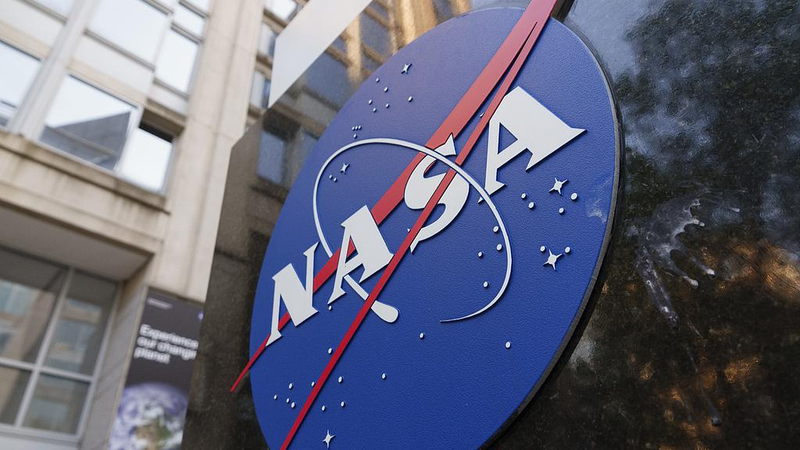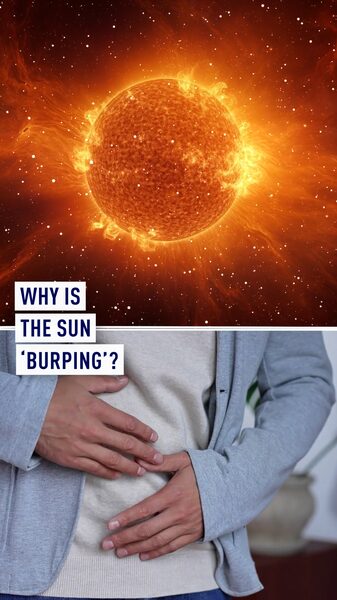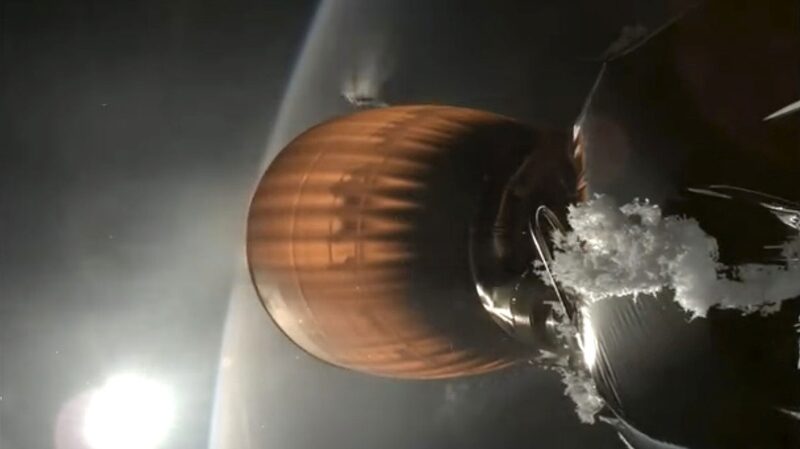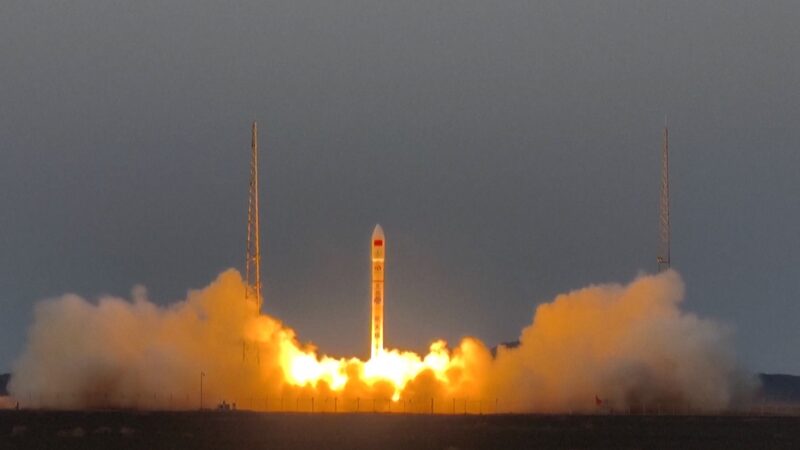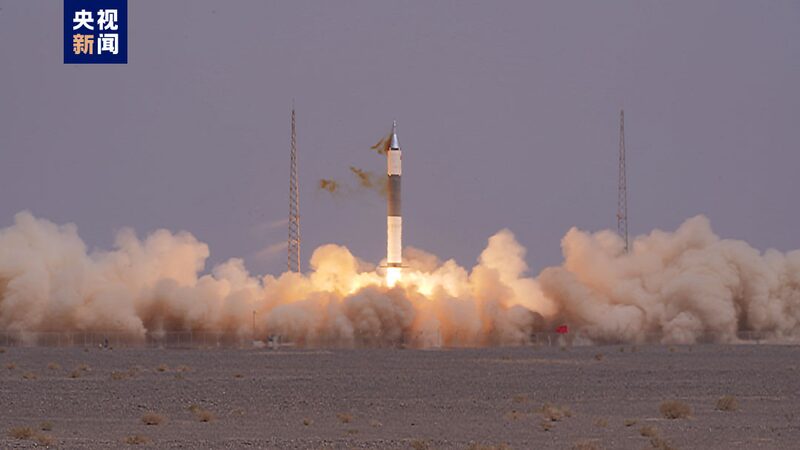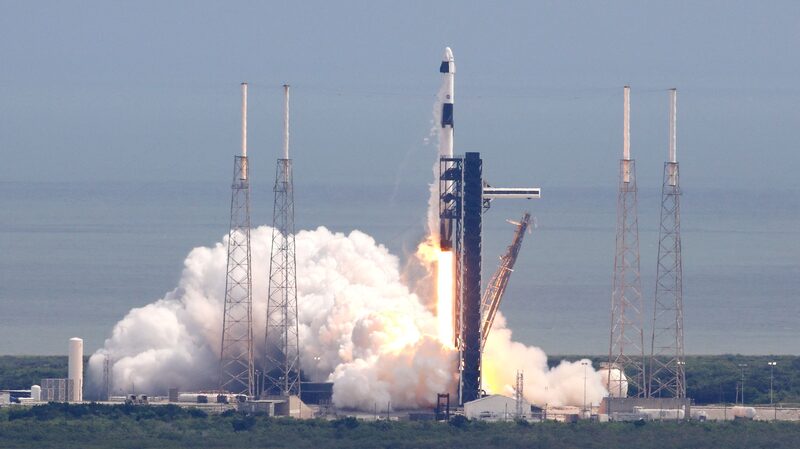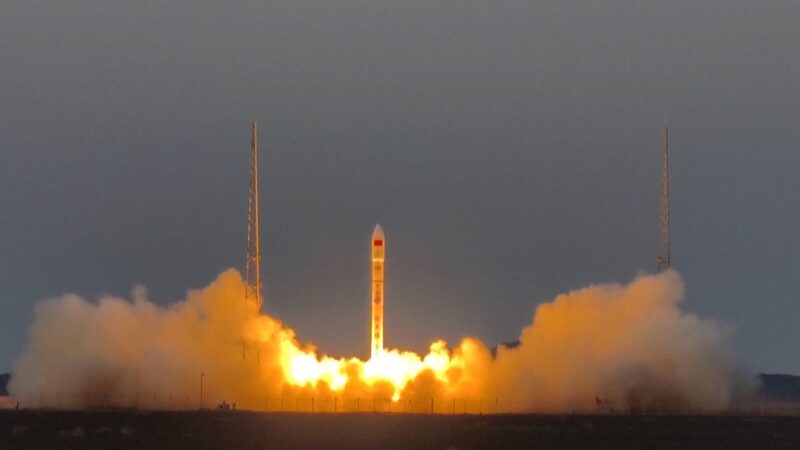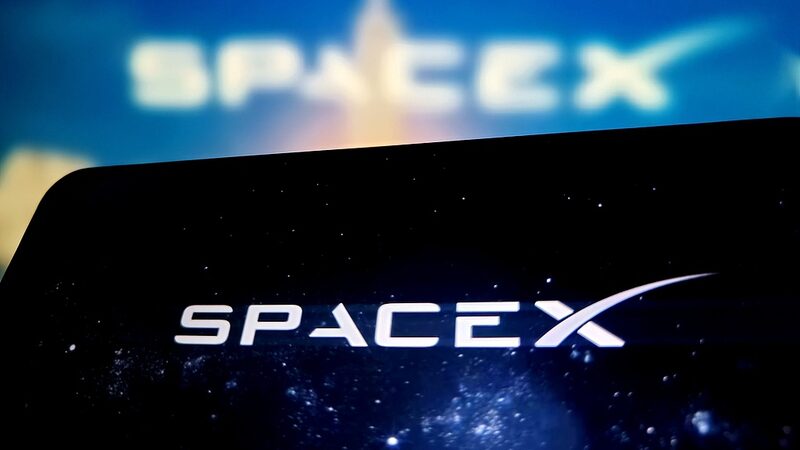NASA launched its groundbreaking TRACERS mission on Wednesday, deploying twin satellites to investigate explosive magnetic interactions between Earth and the sun. The washing machine-sized probes blasted off aboard a SpaceX Falcon 9 rocket from California's Vandenberg Space Force Base at 11:13 a.m. local time.
The mission targets 'magnetic reconnection' events – violent energy releases occurring when solar wind particles collide with Earth's protective magnetosphere. These cosmic explosions can disrupt satellite operations and communication systems, making their study crucial for improving space weather forecasts.
"TRACERS will map how energy transfers from the sun to our planet," explained John Dorelli, mission science lead at NASA's Goddard Space Flight Center. "By observing these magnetic field line snapshots in unprecedented detail, we aim to predict space weather impacts more accurately."
The University of Iowa's David Miles highlighted the mission's innovative approach: "Using two synchronized satellites gives us a dynamic 3D view of these phenomena as they evolve in real time."
Secondary payloads including Skykraft's atmospheric monitoring satellites and York Space Systems' technology demonstrators shared the ride to orbit, showcasing growing private sector involvement in space research.
Reference(s):
NASA launches twin satellites to study magnetic explosions in space
cgtn.com
